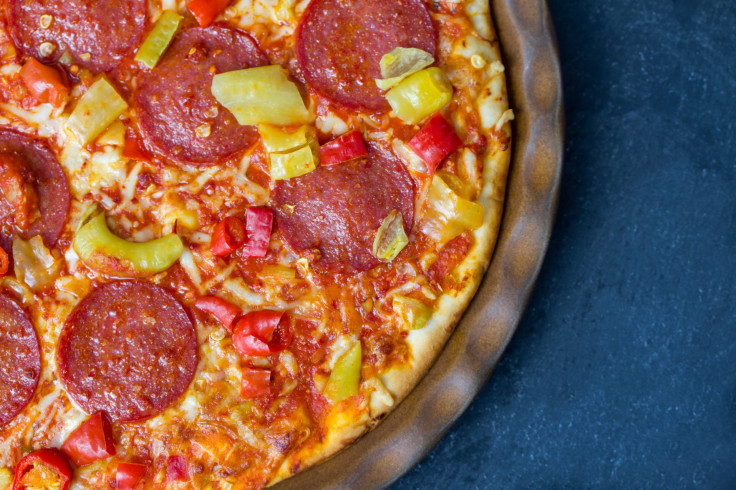Hard Choices: Having Too Many Options Between Food Brands Feeds Obesity, Overeating

Sometimes, it’s nice to only have to decide between two options. A grocery store that only carries Digiorno’s and Annie’s pizza? Fine, that’s all you really need anyway.
Having fewer choices may be better for your health, because it may prevent you from developing overeating habits — or ultimately, obesity. That’s the conclusion of a new study published in PLOS ONE: The increase of food brands in the grocery store has helped fuel the obesity epidemic.
In the study, researchers examined some 200 people and asked them about their eating habits — for pepperoni pizza, in particular. There were some 70 brands of pepperoni pizza that were eaten in the study; interestingly, calorie count among the brands varied by up to 300 percent. The fattest people turned out to be the ones who ate multiple brands of pizza, rather than sticking to just one brand. The people who ate lots of different brands of pizza were more likely to view the pizza as less filling and eat way more compared to the other group.
“It would appear that this high variability of food items makes it more difficult for people to learn about food and manage their consumption which exposes a new feature of Western diets and which has potential public health implications,” Charlotte Hardman, an author of the study and a lecturer in the Department of Psychological Sciences at the University of Liverpool, said in the press release.
The researchers note that since the 1970s, the number of food brands has increased significantly, in line with the use of low-energy sweeteners and fat substitutes. This makes the calorie counts in different food brands vary drastically as well (in the study, the lowest pizza calorie count was 501 and the highest was 1,909).
The obesity epidemic in the U.S. continues to affect one-third of all Americans and a large number of children as well. Scientists who have studied the rise of obese and overweight people have come up with a term known as “obesogenic environment,” which essentially defines places that discourage people from eating healthy or exercising. This can be manifest in the form of urban areas densely populated with McDonald’s or other fast food chains that lack fresh vegetable stores, or even cities that encourage cars over walking or biking. Some regions, especially rural ones, are considered food deserts — and they don’t provide enough fresh food to keep populations healthy. In the Western world, particularly the U.S., fast food restaurants serve energy-dense foods in huge portions (fries, burgers, pizzas, etc) that have made meat and carbs the mainstay instead of fresh vegetables, fruits, and whole grains.
This new study is the first, however, to add another dimension to the obesogenic environment — the number of food brands in grocery stores. Variety leads to confusion and loss of self-control, the authors argue. So perhaps, next time you go to the frozen foods section, stick to one low-calorie brand.
Source: Hardman C, Ferriday D, Kyle L, Rogers P, Brunstrom J. So Many Brands and Varieties to Choose from: Does This Compromise the Control of Food Intake in Humans? PLOS ONE. 2015.



























